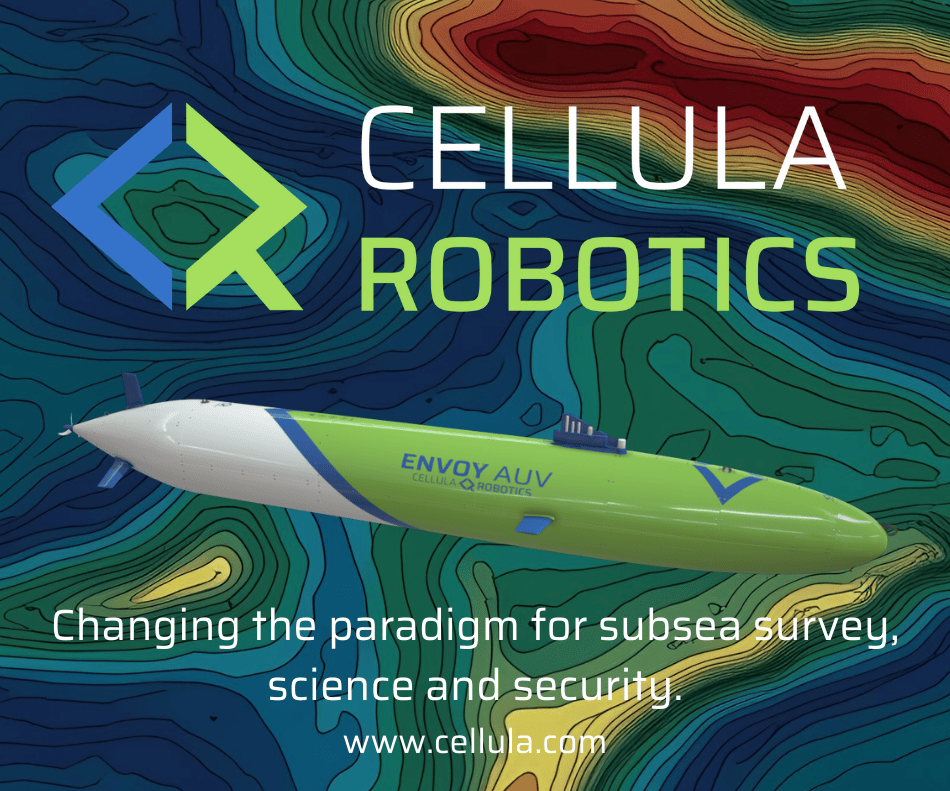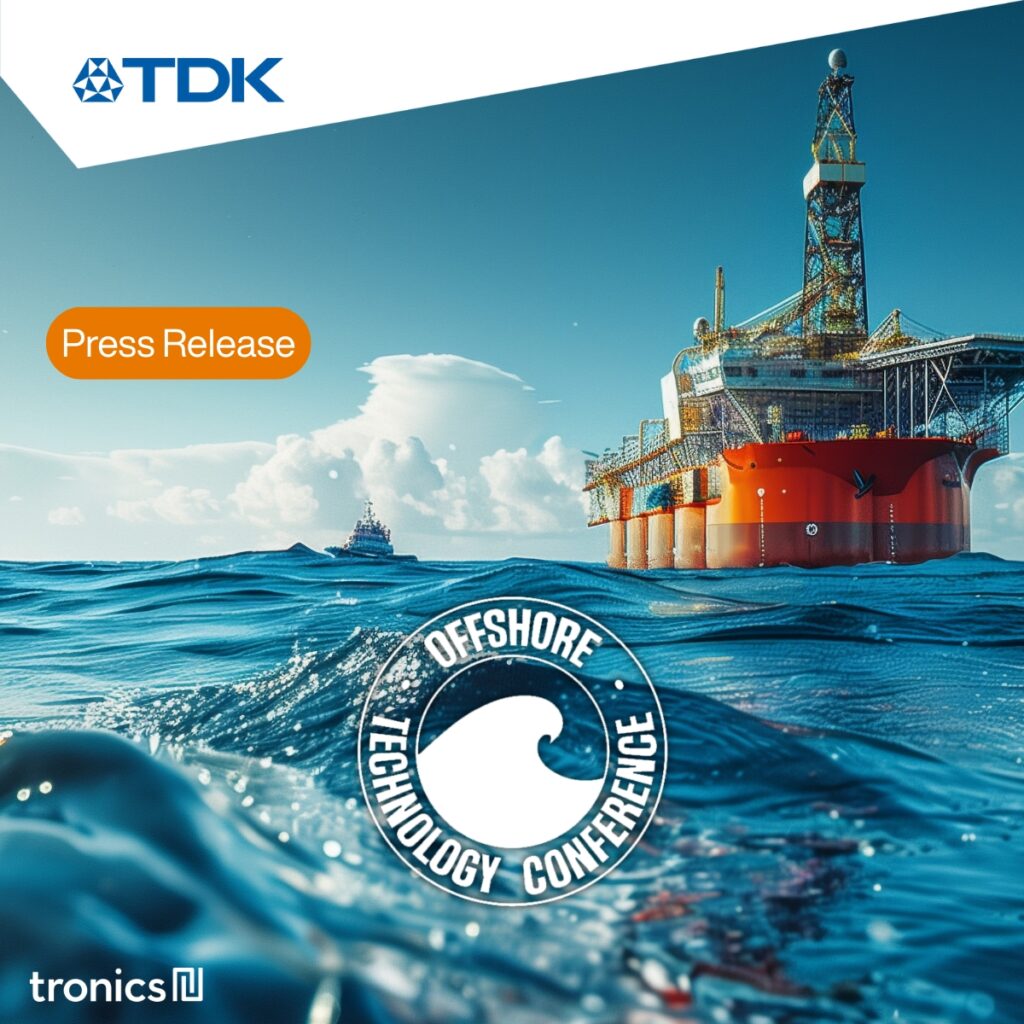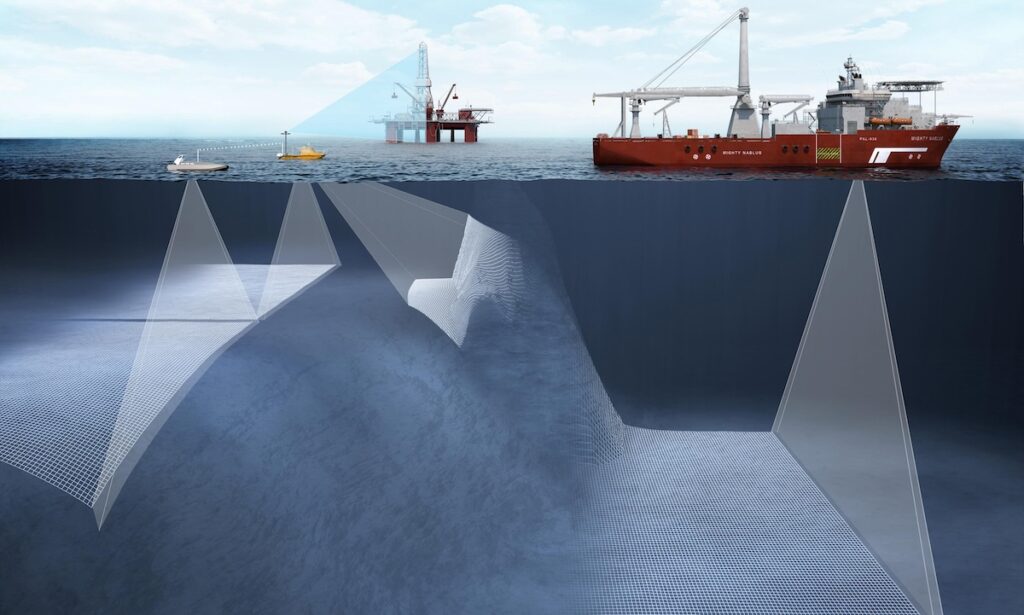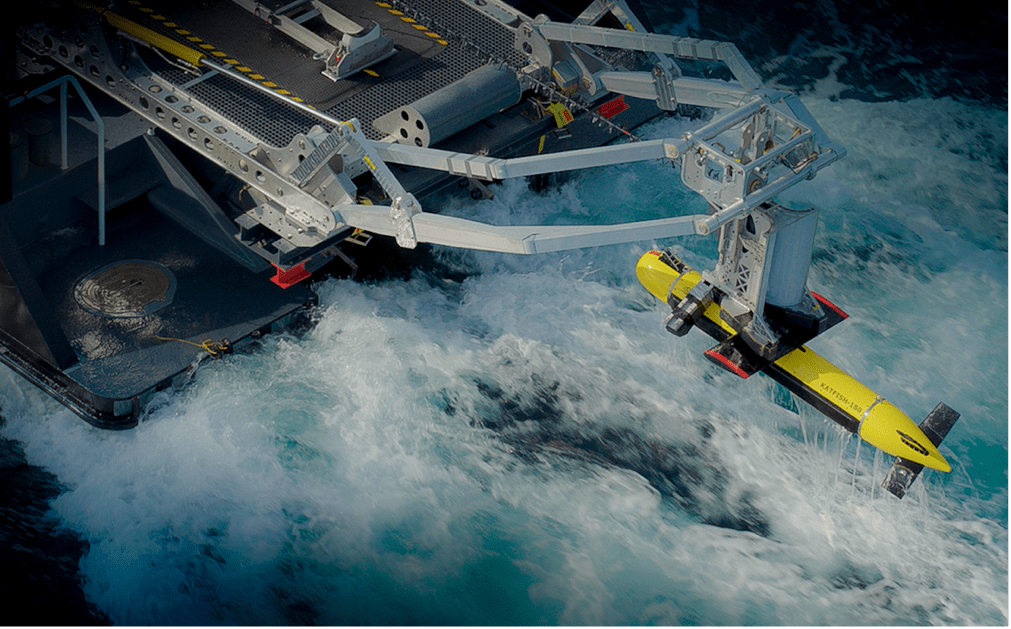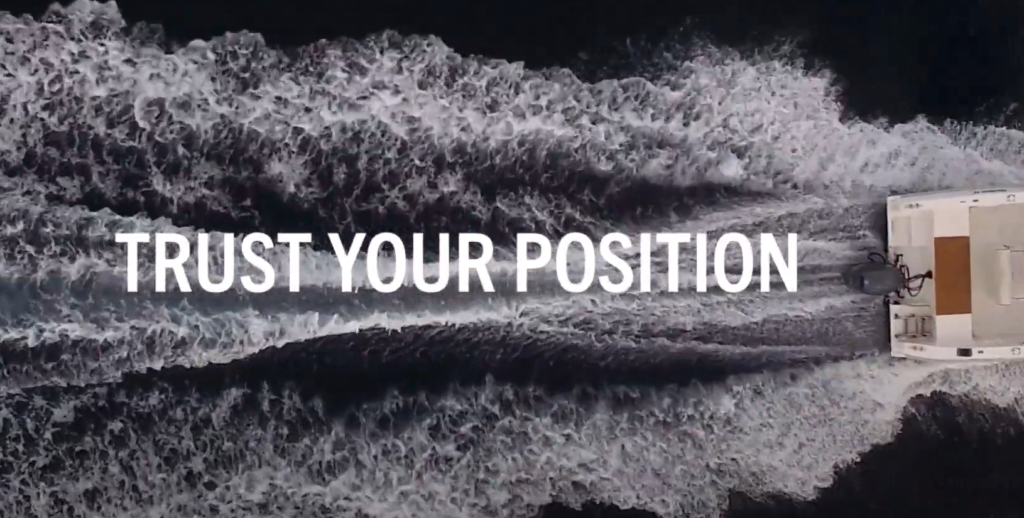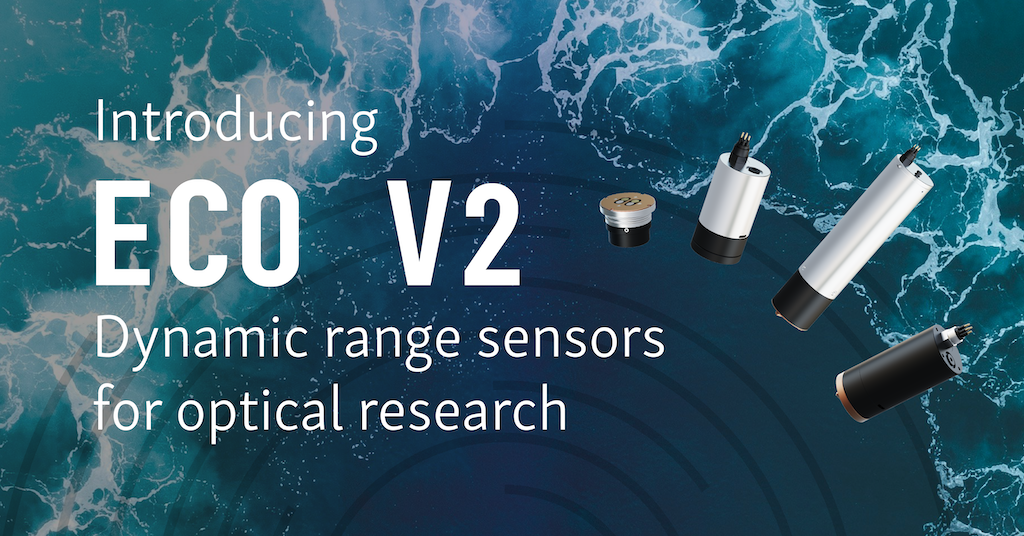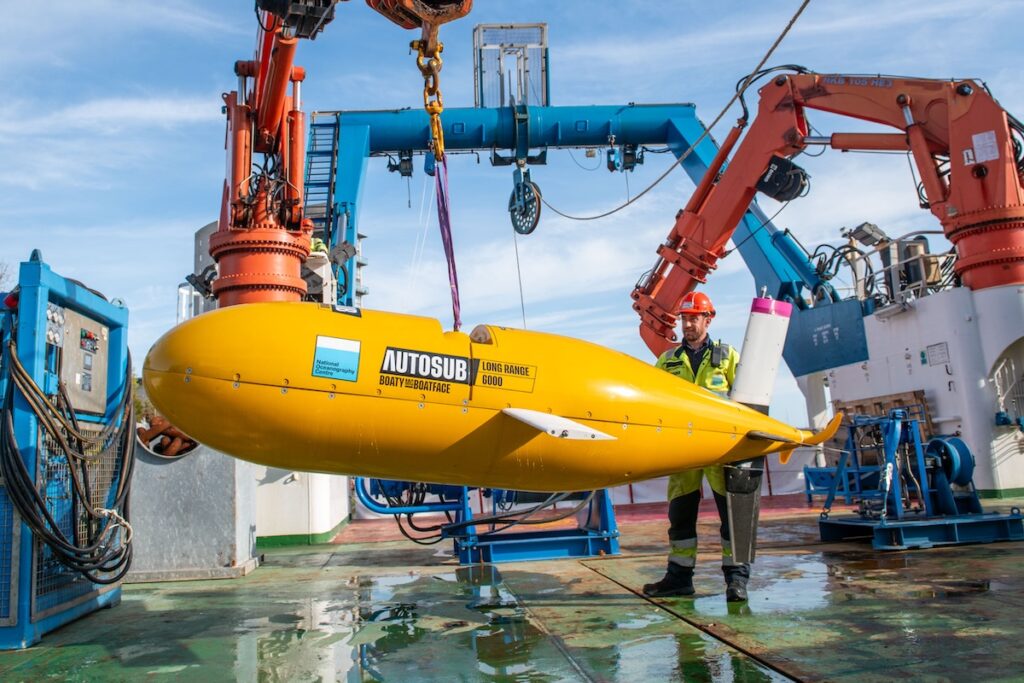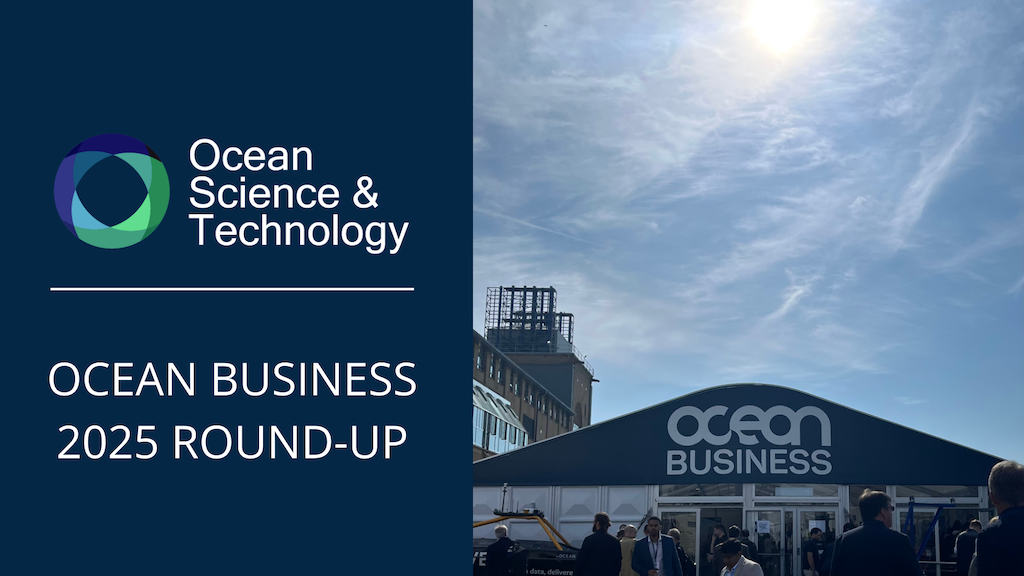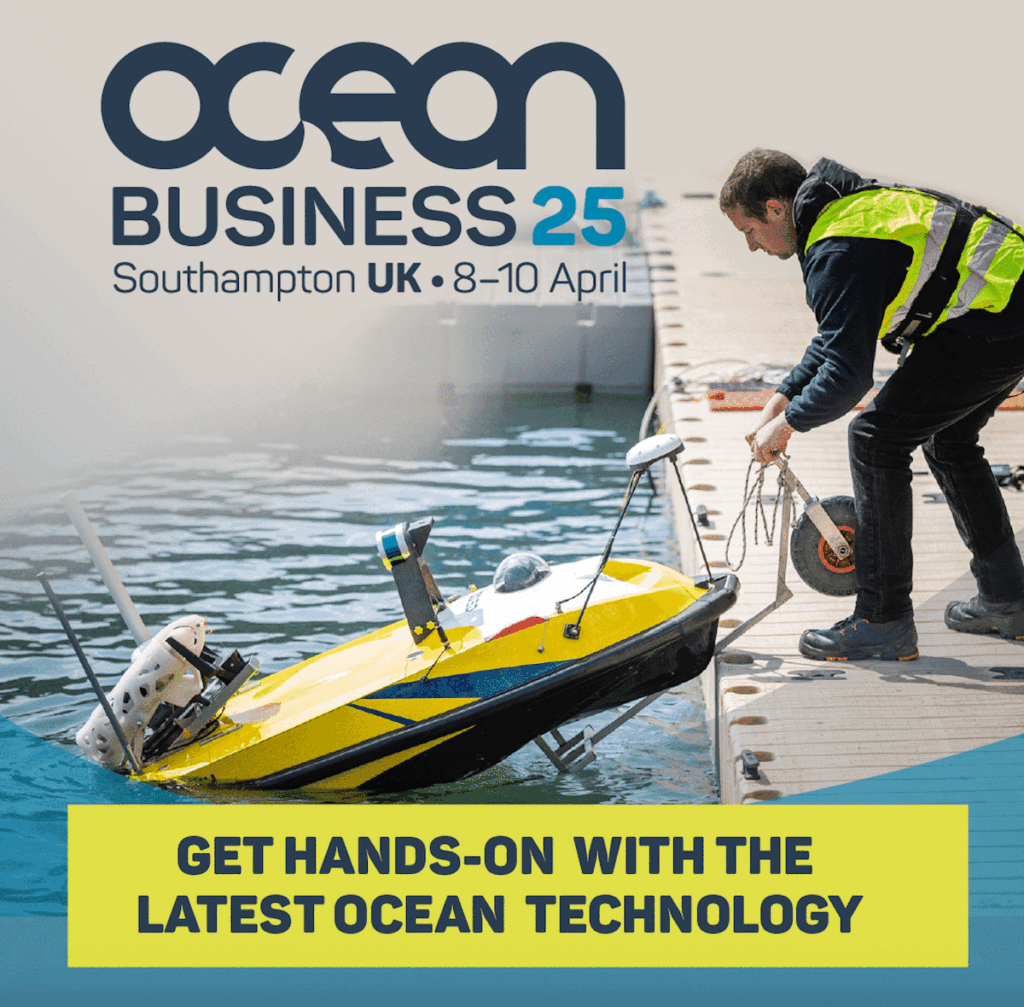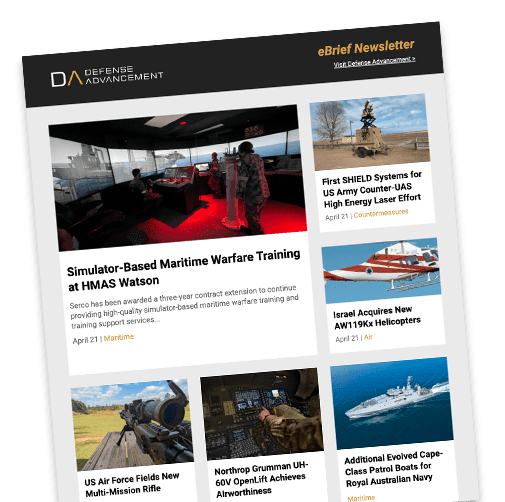
Marine Autopilots
Discover cutting-edge solutions from leading global suppliers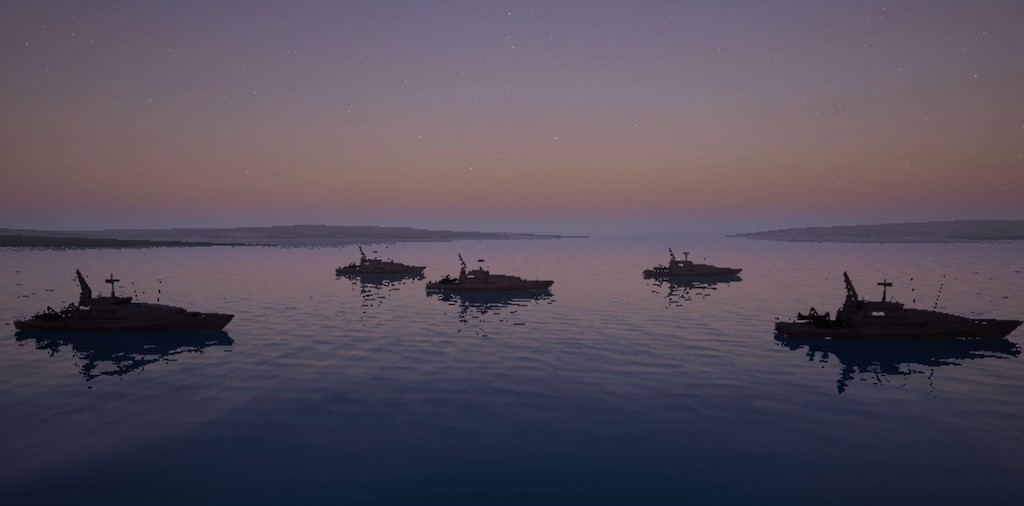
Greenroom Robotics’ advanced GAMA maritime autonomy software is aiming to help smaller, more agile forces to achieve comparable results to more resource-intensive operations.
Modern defense forces are facing a range of significant challenges, not least a need for improved asset utilization and limited personnel. Greenroom Robotics developed GAMA with these requirements in mind, enhancing maritime operational capabilities by making vessels autonomous.
This ability to increase the effectiveness of a military force without proportionally increasing the number of personnel or equipment is known as Force Multiplication, and is vital in the defense industry where the difference between the personnel required and those available is significant.
Greenroom Robotics delves into GAMA’s capabilities and its potential for a long-term positive strategic impact on the maritime defense industry.
Read the full article below, or visit the Greenroom Robotics website to find out more.
GAMA: Force Multiplication and Affordable Mass in Maritime Operations
In the ever-evolving landscape of defence, the concept of force multiplication has become increasingly vital. Force multiplication refers to the ability to increase the effectiveness of a military force without proportionally increasing the number of personnel or equipment. This principle is crucial today as defence forces face growing challenges, including limited personnel and the need for improved asset utilisation. GAMA, Greenroom Robotics’ maritime autonomy software, has been developed with this critical need in mind, transforming traditional vessels into autonomous units and significantly enhancing operational capabilities.
Force multiplication and affordable mass are not just theoretical concepts; they are the bedrock of modern defence strategies. By leveraging advanced technologies, smaller, more agile forces can achieve results comparable to larger, more resource-intensive operations. This approach is particularly important in today’s defence industry, where there is a gap between the number of available personnel and the numbers required to operate current maritime assets.
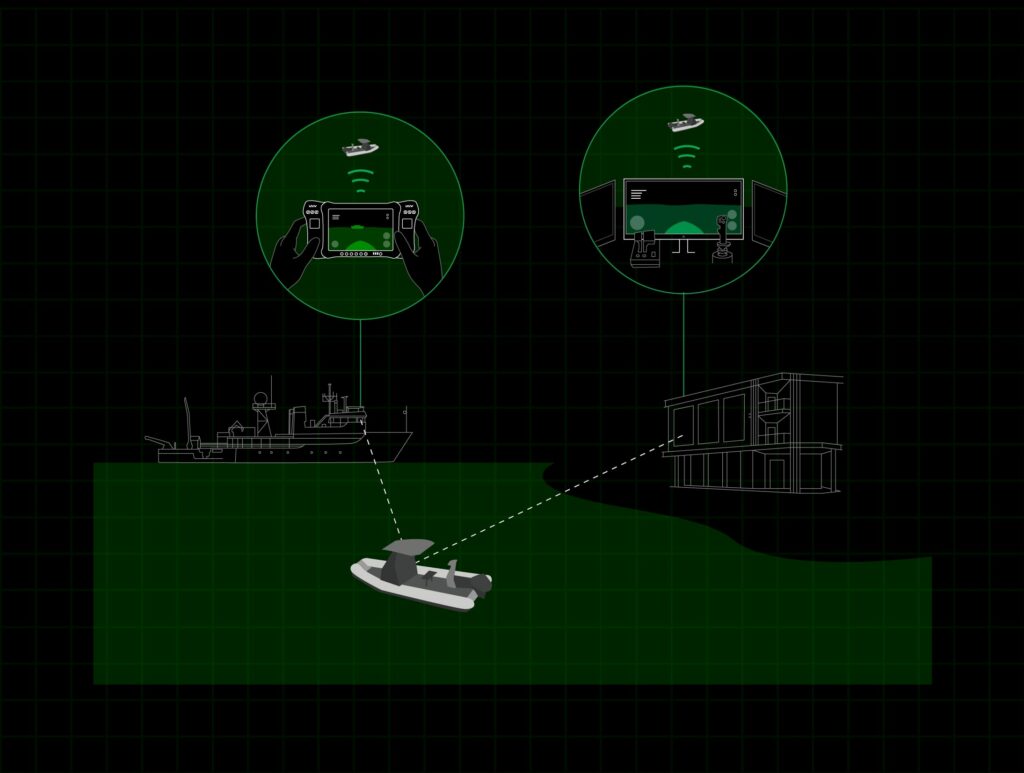
This scarcity leads to underutilisation of valuable assets and can compromise mission readiness. The 2023 Defence Strategic Review highlights this challenge, noting significant workforce shortages across the defence sector and the pressing need to address these gaps. GAMA aids in addressing this challenge by reducing the dependency on large crews, ensuring that available personnel can be deployed more effectively and efficiently.
GAMA represents the latest developments in maritime autonomy, enabling vessels to operate ass uncrewed surface vessels (USVs). While USVs are only now becoming widely adopted, their potential for long-term strategic impact is immense. GAMA reduces the need for extensive crewing, allowing defence forces to deploy personnel more strategically across multiple platforms.
By transforming a single vessel into a USV, GAMA frees up crew members to command additional vessels, multiplying operational capacity without increasing the number of ships or personnel required. This autonomy provides defence forces with greater operational flexibility and efficiency, enabling autonomous vessels to perform various tasks, from reconnaissance to logistics, without constant human oversight. As a result, mission effectiveness is enhanced, and forces can respond more dynamically and adaptively to emerging threats.
One of the largest factors supporting the use of GAMA for force multiplication is its adaptability. The software can be integrated into a wide range of vessel types and sizes, from small patrol boats to large naval ships. This versatility reduces the need for investment in new vessels, as existing fleets can be upgraded with autonomous capabilities. Additionally, GAMA’s modular framework ensures that the system can be easily updated and customised to meet evolving operational requirements.
As a constantly improving system, GAMA, as well as all the products on the Greenroom Platform, incorporate the latest advancements in Robotics, Autonomous Systems and Artificial Intelligence (RASAI), ensuring that it remains the best solution on the market. This continuous improvement guarantees that defence forces equipped with GAMA maintain a technological edge over potential adversaries.
In conclusion, GAMA represents a transformative solution for maritime defence operations, enabling force multiplication and affordable mass. By reducing crew requirements and enhancing operational flexibility, it addresses critical challenges in the defence sector. Its adaptability and modular design ensure that it remains a cutting-edge solution, providing a long-term pathway to maritime superiority. As defence forces navigate an increasingly complex and resource-constrained environment, GAMA offers a strategic advantage that is both innovative and adaptable.



